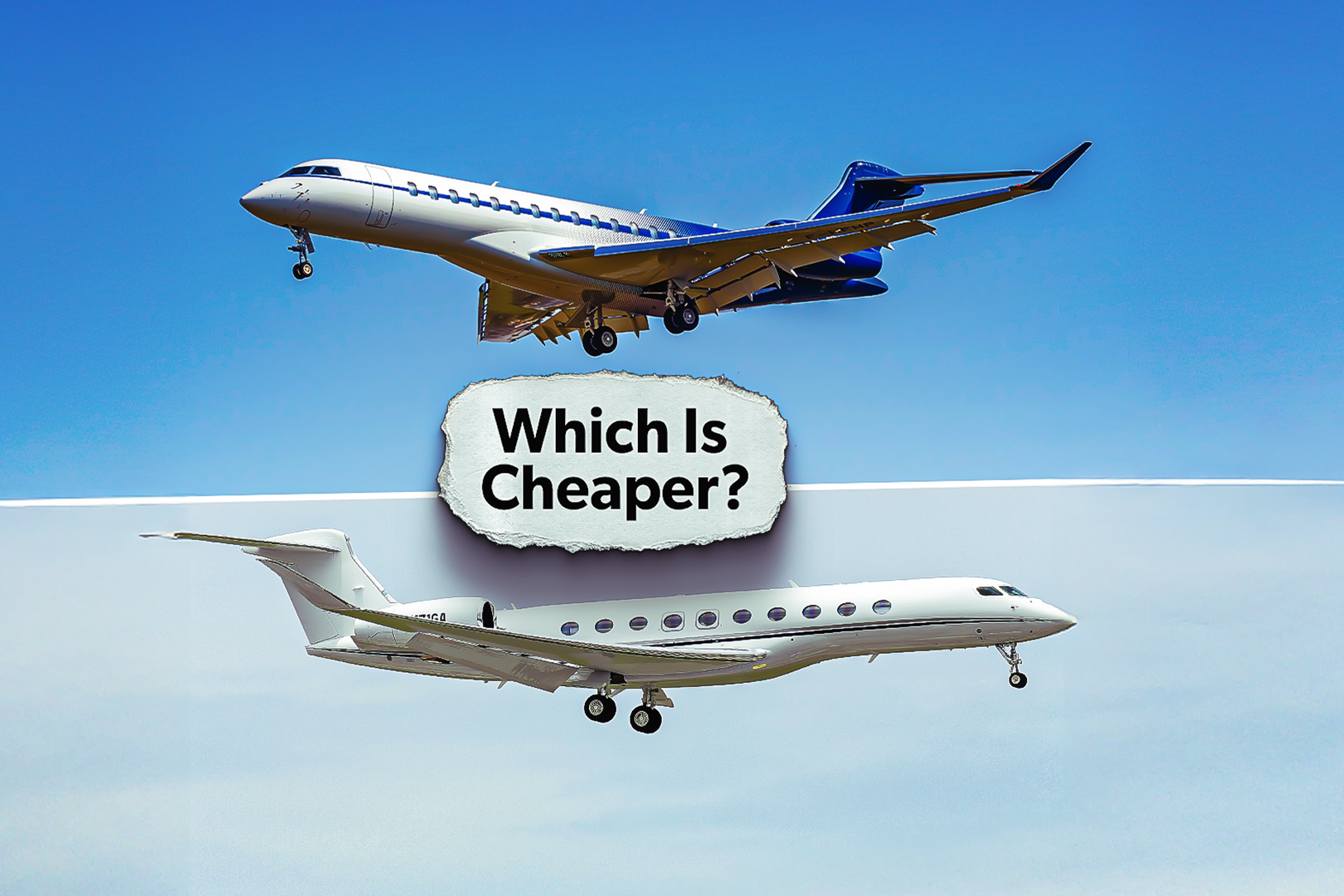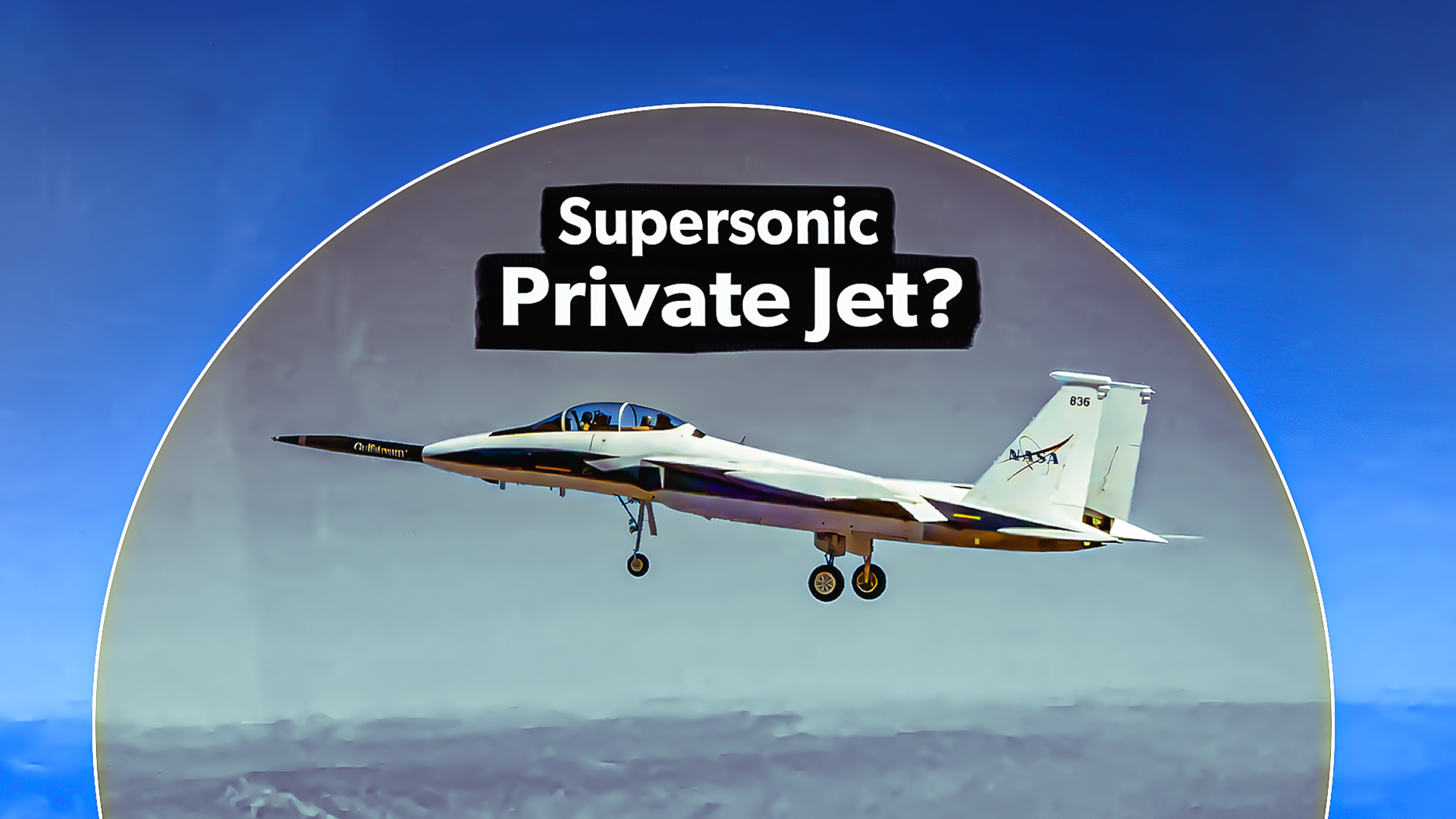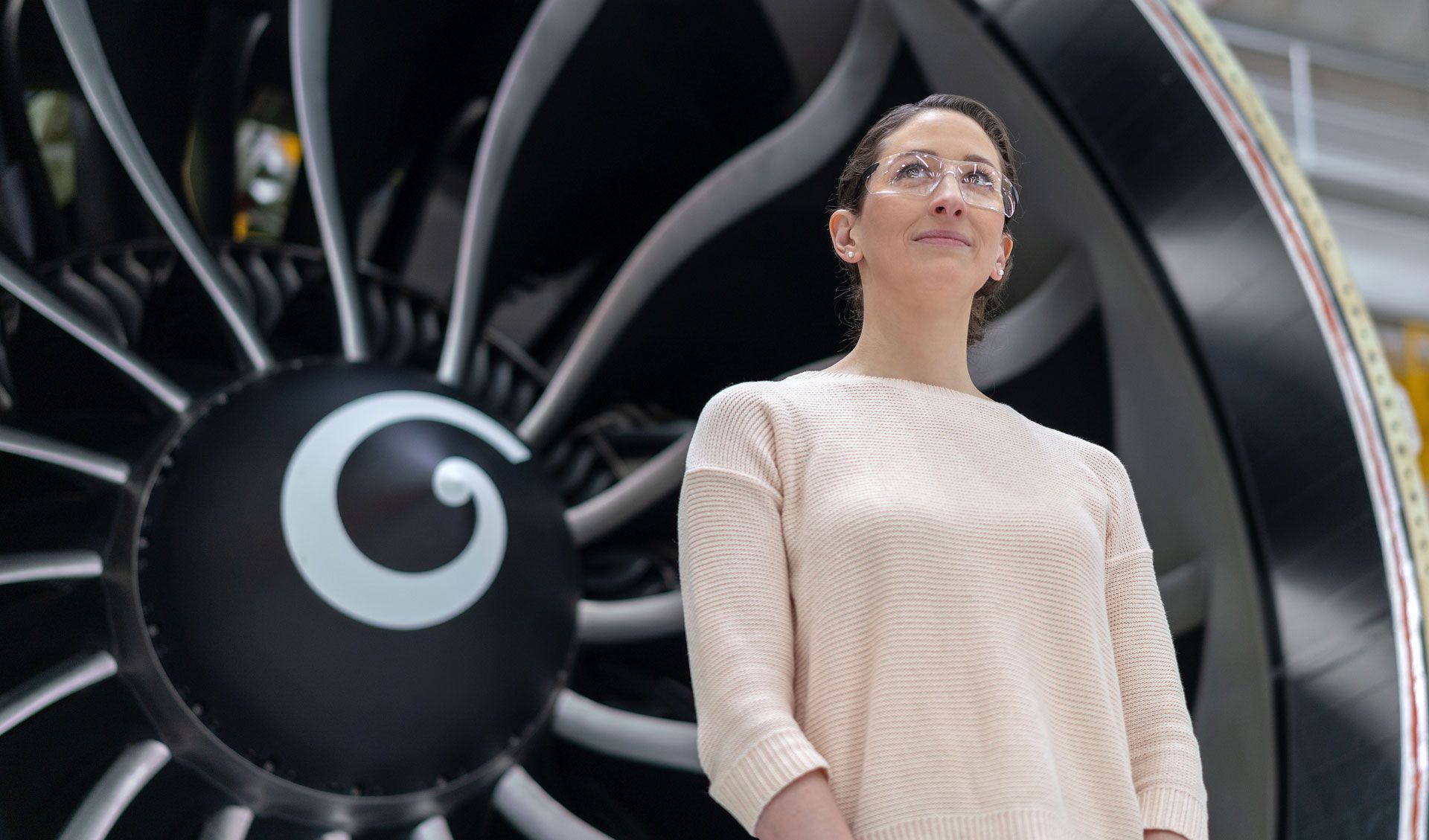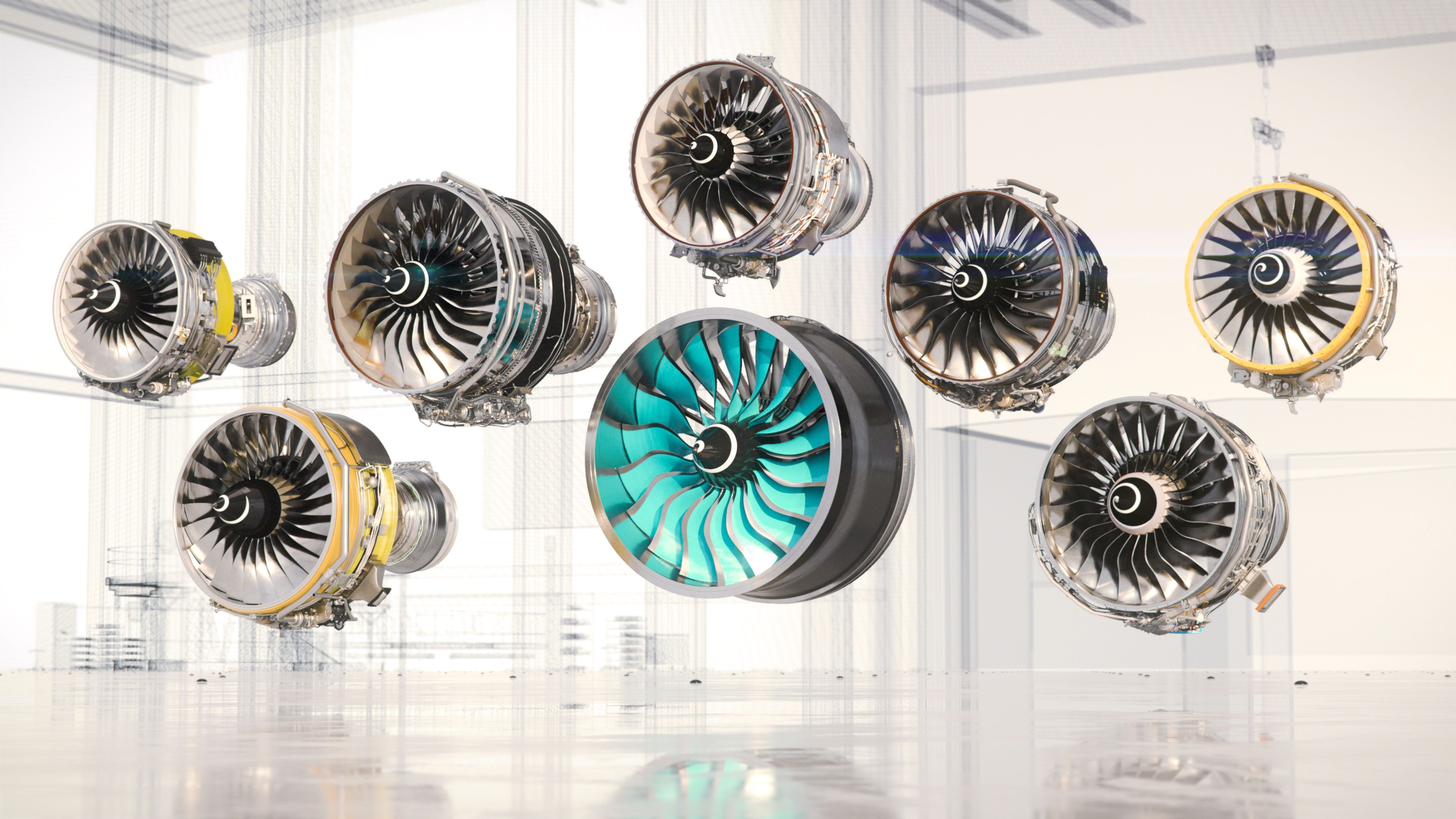Engine prices for private aircraft owners worldwide might range from as low as roughly $50,000 to as high as $50 million per unit in 2025. These exorbitant prices are a reflection of the engines’ high technical complexity and small supplier network. While smaller commercial aircraft use more reasonably priced engines, the most costly examples are usually found in huge airliners or military-grade jets modified for private use.
Major engine manufacturers such as Pratt & Whitney
, and CFM International
dominate the market for private jet propulsion. Approximately 42% of the world’s business jet fleet, which includes all Gulfstream
and Bombardier
Global models, is powered by Rolls-Royce alone.
Most private jets employ twinjet engines, which double the engine expense per aircraft because they are safer and more efficient. Even so, private jet engines are usually less expensive than the massive turbofans found on commercial aircraft, which may cost more than $10 million each.
Key Drivers of Engine Pricing
Photo: GE
Several key factors drive the high price of private jet engines. One major factor is engineering complexity: these engines must deliver high thrust while remaining lightweight, fuel-efficient, and reliable under extreme conditions. They are built with advanced materials like nickel-based superalloys to withstand turbine temperatures over 1,500° C, dramatically increasing production costs.
For instance, a ton of regular steel costs roughly $500, but a ton of specialized superalloy can cost up to $50,000. The cost is further increased by the requirement for exacting manufacturing and stringent safety testing. Before going into service, every new engine type goes through thousands of test cycles and certifications. Development programs can cost billions of dollars, which manufacturers recover by charging high prices for each engine sold.
Higher unit costs are also a result of limited production volume. Private jet engines
are manufactured in lower quantities than the hundreds of engines produced by commercial airlines. R&D and tooling costs are spread across fewer units since lower output results in less economy of scale. There aren’t many competitors in the market, which helps maintain high prices. Cutting-edge features (such as better fuel economy or quieter operation) fetch higher prices. All things considered, the cost of private jet engines is a result of a mix of high-tech components, costly testing, and niche market economics.
Cost by jet size and class
Photo: Rolls Royce
The size and kind of jet that a private jet engine powers directly impact its price. Powerful engines, which are far more costly than those for smaller aircraft, are needed for larger business jets.
Aviation for Aviators reported that “small turbofan engines, used in heavy business jets such as the Gulfstream G650, fall into the price bracket of $1.5 to $3.5 million each.”
Very light jets with small turbofans may have engines under $1 million each. In contrast, heavy ultra-long-range private jets (carrying 15+ passengers or flying over 6,000 NM) use engines that cost a few million dollars apiece. The following table provides samples and a summary of common engine pricing ranges by jet category:
| Private Jet Class | Approx. Cost Per Engine | Example Aircraft / Engine |
| Very Light & Light Jets | ~$0.8–$1 million | Eclipse 550 (Pratt & Whitney PW610F) |
| Midsize & Super-Midsize | ~$1–$2 million | CessnaCitation X (Rolls-Royce AE3007C) |
| Large Long-Range Jets | ~$2–$3.5 million | Gulfstream G650 (Rolls-Royce BR725) |
| VIP Airliner “Bizliners” | ~$10–$20 million | BoeingBBJ 737 (CFM56-7B turbofan) |
At the highest end, private “bizliner” aircraft that have been converted from airliners (like an Airbus
ACJ or Boeing 737 BBJ) are equipped with commercial-class engines like the Rolls-Royce Trent or CFM56, which can cost well into the eight figures each. The Rolls-Royce Trent 1000, which powers Boeing 787s, is an often-mentioned example; one engine costs about $20 million. In summary, the bigger the jet and the farther it needs to fly, the more each engine will cost.
Notably, there are significant costs associated with even the most affordable private jets. Executive Flyers reports that “the price range for a private jet engine begins at $750,000 and can reach several millions of dollars.” Even the smallest true business jet needs an engine investment well into the six or seven figures. The cost of switching to pure jet power is multiplied by the fact that tiny propeller-driven aircraft employ piston or turboprop engines, which are far less expensive (often under $100,000).

Related
These Are Different Private Jets In The Heavy Jet Class
These jets are some of the most capable on the market.
Manufacturer Influence and Examples
The manufacturer greatly influences the cost of a jet engine. Because of their performance and brand heritage, engines from well-known manufacturers like Pratt & Whitney, GE, and Rolls-Royce frequently have premium prices. These businesses base their ideas on decades of research and in-house technology. For example, the Rolls-Royce BR725 engines in the Gulfstream G650 each generate roughly 16,900 lbf of force and have advanced noise-cancelling technology, which helps to explain their multi-million-dollar price tag.
Another example is General Electric
’s CF34 series engines (produced by GE Aerospace), which power many Bombardier
Challenger and Embraer
regional jets. Despite being smaller than GE’s airline engines, a new CF34 for a large private jet still costs the order of one to two million dollars due to its high thrust (approximately 9,000 lbs) and proven reliability.
In the long-range and VIP niche, manufacturer partnerships come into play. CFM International – a joint venture of GE and Safran
– produces the CFM56 and LEAP engines that power popular single-aisle airliners like the Boeing 737. Their CFM engines are included in the package at a cost of about $10 to $15 million apiece when those airframes are utilized as private aircraft (for instance, by heads of state or charter businesses). Comparably, several Airbus Corporate Jet (ACJ) models are powered by either Pratt & Whitney’s PW1100G engines or CFM engines, both of which are quite expensive.
Maintenance and Overhaul Costs
Purchasing a private jet engine is only one aspect of the cost; upkeep is also highly expensive. Throughout an engine’s life, owners must pay for frequent overhauls, which might be as expensive as the initial purchase. Industry analysts estimate that refurbishing a business jet engine can easily cost hundreds of thousands of dollars.
As AvBuyer explains, “A decision to overhaul a business jet’s engine completely will require hundreds of thousands of dollars’ worth of MRO work.” These extensive maintenance procedures, which are frequently required after a predetermined number of flight hours or cycles, entail taking the engine apart, swapping out worn components, and putting it back together in like-new condition.
Manufacturers and service providers offer programs to control these expenses, but ownership is still heavily influenced by them. The industry uses Pratt & Whitney’s recommendations on when to think about replacing an engine rather than overhauling an existing one as an example. Aircraft Exchange advises, “If your overhaul cost will be more than 80 percent of a new engine exchange price, you should consider replacing the engine with a new one.”
Depending on the model, a complete overhaul of a standard business jet turbofan can cost anywhere from $700,000 to $1,000,000. The removal and reinstallation costs, which are typically around $12,000, as well as any rental engine required to continue operating during the overhaul, are not included in this. These numbers highlight the fact that ownership entails substantial lifecycle costs in addition to the initial engine cost.
Engine maintenance programs help astute operators reduce these costs. Under hourly maintenance plans, sometimes known as “power by the hour,” owners contribute a certain amount per flying hour to a program that covers engine repair in the future. Under these agreements, the program provider assumes the risk of an unexpected six—or seven-figure makeover.
In the end, however, the money represents that maintaining jet engines in optimal condition is costly, regardless of whether it is paid in bulk or progressively. Undertakes cannot be skipped or postponed because engines must adhere to stringent airworthiness requirements. An engine that is used beyond its suggested overhaul period may significantly lower an aircraft’s market value because a buyer will know that they will have to pay for the overhaul immediately.

Related
Gulfstream G700 Vs Bombardier Global 7500: Which Jet Is Cheaper?
These aircraft dominate the ultra-long-range business jet category.
Trends and Future Outlook
As technology advances, private jet engine prices are predicted to stay high, if not increase. Engine manufacturers are making significant investments in next-generation designs to reduce emissions and improve fuel efficiency. Projects like CFM’s RISE program and Rolls-Royce’s Pearl series incorporate novel materials and structures (such as geared fans or open-rotor concepts) to increase performance.
These improvements promise long-term fuel-burn reductions, but they come with significant upfront R&D costs, which will probably be reflected in increased engine prices for new models. For instance, constructing a modern high-bypass turbofan could take ten years and billions of dollars. The development cost and the small production volume in business aviation must be factored into the engine’s sticker price by the time it goes into service.
On the plus side, some market forces can keep prices low. As more manufacturers enter the business jet engine market or collaborate (as seen by the GE- Honda Aircraft Company
HF120 engine for small aircraft and the resurgence of interest from new players in hybrid-electric propulsion), competition is gradually growing. Owners also have alternatives to purchasing brand-new power plants thanks to programs for aftermarket parts and pre-owned engines.
Engines play a big role in why private aviation is so expensive, from the tiniest executive aircraft to the biggest VIP airliners. Along with the initial cost, buyers also need to account for the recurring costs associated with these high-tech devices. Whether a light jet’s two comparatively tiny turbofans or an intercontinental jetliner’s massive powerplants, the engines are the heart of a private aircraft and cost a lot of money.

Related
The Quiet Spike: How Gulfstream Tested Supersonic Private Jet Travel
The manufacturer pushed experimental systems to their limits.






